
By Todd Sokolove
Steven Spielberg’s deeply personal, slightly voyeuristic 2022 drama The Fabelmans ends with a killer coda: a 16-year-old wannabe filmmaker gets five surreal minutes with Golden Age legend John Ford. After nearly two and a half hours of restrained, bittersweet storytelling—no magical realism, just emotional excavation—Spielberg gives himself (or rather, young Sammy Fabelman) a wish-fulfillment comic beat. The new kid gets blessed by one of the old gods. And casting David Lynch as Ford? That’s the cherry pie on top—meta, mischievous, and more than a little mythic.
On paper, the moment feels too good to be true. Perhaps that’s the point. It neatly wraps the story while adding a touch of absurdity. After all, when the legend becomes fact, print the legend, right Steven?
Especially when that legend is actually kind of true.
In a 2011 interview with Jon Favreau, Spielberg told the exact same story, beat for beat. Ford really did grunt at him about horizon lines, changing young Spielberg’s life forever.
But here’s a different legend saved for Return of the Fabelmans.
Spielberg, now fresh off JAWS, already Hollywood’s hottest name, lurks around the set of Hitchcock’s final film Family Plot, fishing for a moment with the Master of Suspense himself.
According to the film’s star Bruce Dern, he tried to make this introduction happen. “That’s Steven Spielberg,” Dern told Hitchcock. “You’re his idol. He just wants to sit at your feet for five minutes and chat.”
Hitch wasn’t having it. “I can’t sit down and talk to the boy who did the fish movie,” he reportedly replied.
The story comes from Dern’s 2007 biography, and while we can’t know exactly how true it is, it sounds just plausible enough to believe. The added bitterness—something about Spielberg’s JAWS segment on the Universal Studios Tour upstaging Hitchcock’s narration—only makes it all the more poetically Hollywood.
We’ll never really know what Hitchcock thought of JAWS. Maybe he watched it, maybe not. I like to imagine him slipping into the back row of a newly multiplexed London theater in December 1975, alone. Renting out the place for himself, just to sit there in silence, watching this young Spielberg kid reinvent what Hitchcock himself had once helped define. Suspense. Surprise. The line between the two.
That line—suspense vs. surprise—is at the heart of the Hitchcock-Truffaut interviews, a conversation dissected to death in books, documentaries, and film school courses.
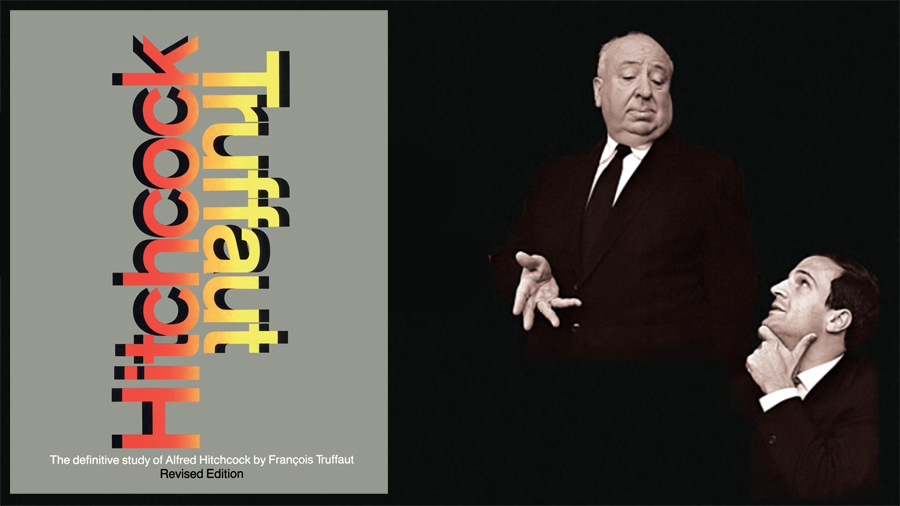
‘Surprise’ is a bomb going off under the table with no warning. ‘Suspense’ when we know the bomb is under the table and we wait for it to explode. Fifteen seconds of surprise versus fifteen minutes of white-knuckled tension.
JAWS thrives in that tension. It’s textbook suspense, with some damn effective surprises sprinkled in. A creature-feature borrowing a lot more from Hitchcock than it does from your average B-movie monster flick. Spielberg may not have gotten to sit at Hitch’s feet, but he definitely learned the language while seated in the aisles.
When we talk about surprise, we’re really talking about the “jump scare.” The jump is physical and involuntary. It’s wired into the unseen, always present wall between watching the movie and reacting to it.
Jump scares are essential to the genre since cinema’s early days.
One hundred years ago Universal’s Phantom of the Opera (1925) gave us a sudden, gastly reveal of the Phantom’s face.
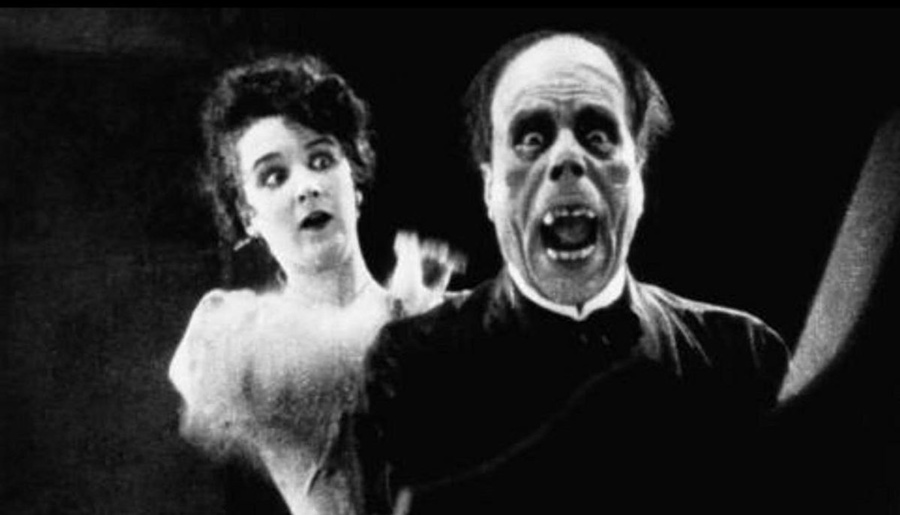
Sixty-five years ago Hitchcock’s Psycho gave us maybe the most famous one of all—the shower scene. That sequence changed the genre. Changed the audience. It’s the original “just when you thought it was safe to go into the water.” Not even Janet Leigh was safe.
Then came JAWS.
Verna Fields, the editor who literally saved the movie, earned her Oscar not just for polishing but for transforming what could’ve been a disaster into a masterwork. The shark didn’t work—we all know that by now. But that malfunction gave Fields and Spielberg a gift. Less shark meant more tension. Less monster meant more menace. A broken prop turned into a storytelling gift.
The movie starts off Hitchcockian from the jump: opening credits over a slow underwater POV. Ominous music. An ill advised swim in the dark of night. The monster stays hidden, but we feel it. From there, suspense ramps up with every missing dog, every hesitant town hall meeting, every beach scene with Brody scanning the surf like a paranoid hawk. Spielberg keeps pulling the fishing line tighter, firmly secured to its deck… click, click, click.
At 17 minutes in, Pipit disappears. Seconds later, young Alex Kintner is shredded in broad daylight. It’s horrifying, but Spielberg doesn’t let the film fall into chaos. He dials it back again, lets us breathe, and then Hooper finds Ben Gardner’s head in a sunken boat, and we’re jumping out of our seats again.
But the film’s, and arguably cinema’s greatest jump scare comes an hour and twenty one minutes into JAWS, at a point we’ve had plenty of time to not be prepared for it.
Quint’s vessel, with Hooper and Brody on deck, sets sail in capture of Amity’s finned beast.
The audience, likely overloaded with suspense, is given a lesson in chumming, proper bowline knot tying, the foreshadowing that oxygen tanks are explosive, and seasoned captain Quint can chug, then crush, Narragansett Lager cans single handedly. Other than a minor, atmospheric music cue from Williams upon Quint’s first catch, things have been monotonous aboard the Orca.
Slow ahead, if you will.
Then, Spielberg hits us.
Brody, annoyed, mutters to Quint: “I can go slow ahead. Come on down and chum some of this shit.” A second later, Bruce the shark breaches the surface with a vengeance. No music cue until we see Brody’s face. Just the bloody splash, the mechanical monster rising from nowhere, and us—just like Brody—totally unprepared. It’s the perfect combination of suspense and surprise.
And then, of course, the line: “You’re gonna need a bigger boat.”
Scheider’s now-immortal ad-lib wasn’t even meant for this scene originally. It was a crew joke, an actual, real production gripe. But Fields cuts it in exactly where it counts, and now the line is inseparable from the scare. You can’t watch that scene without it.
It’s a moment where everything clicks: the edit, the score, the camera move, the performance, the mythology of the broken shark—it all fuses together into a kind of cinematic supernova. There’ve been plenty of jump scares since, some better than others, but few have that exact cocktail of dread, shock, and dark comedy. That moment isn’t just scary—it’s fun.
Even now, fifty years later, knowing it’s coming, it works. It gets people because it’s earned. Spielberg doesn’t show the shark early. He waits, almost paces. He pulls us into the boat, gives us time to exhale, and then—in just a number of frames—he pulls us back into the movie.
Sure, there are more scares after that. The “shark-proof” cage. Quint’s grisly demise. The sinking ship, and protagonist in peril. It’s all solid. All scary. But nothing quite tops that first full reveal. That’s the one that sticks. That’s the popcorn-in-the-air, knees-up-to-your-chest moment.
And if one moment deserves to be legendary, it’s that shark popping out behind Brody.
It’s where Spielberg, fresh out of his Ford meeting and not yet snubbed by Hitchcock, proved he had the goods. Not just the technical chops, but the instinct. The rhythm. The ability to make people scream and laugh in the same breath.
And while Hollywood has continued to build a bigger boat every summer since ‘75, the mother of all summer blockbusters still plays every year on our televisions and in our theaters.
One earns their sea legs watching JAWS—a venerable perfect storm of genres—drama, comedy, action, adventure, horror—that easily explains its appeal for half a century. No wonder it’s still studied, still quoted, still burned into our collective movie memory.
We never got that Spielberg-Hitchcock sit-down. But we honestly don’t even need it.
JAWS is the conversation.
ABOUT TODD SOKOLOVE:
Todd Sokolove is an OG 70s kid customer of Casa Bonita, where his fate was sealed on a diet of Mexican food, weird amusement destinations, and completely absurd architecture. After stints in Michigan, Orlando and New York, he now resides in the Valley with an actual Beverly Hills chihuahua.




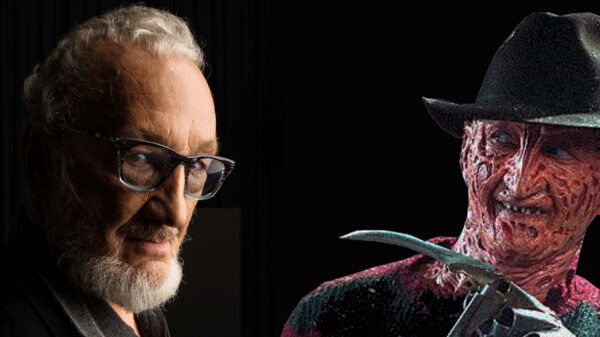
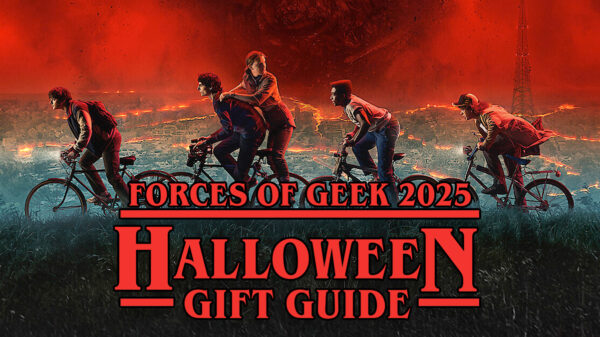
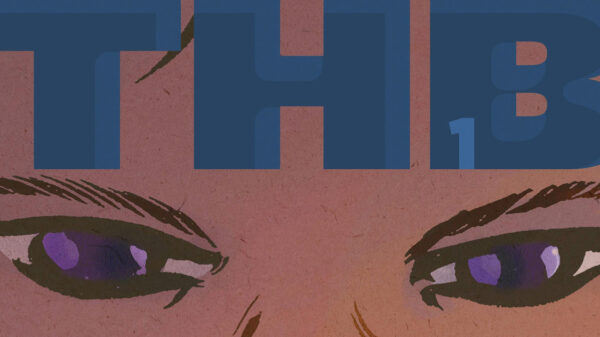

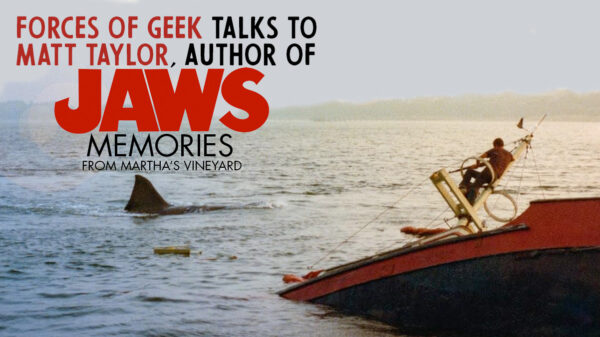
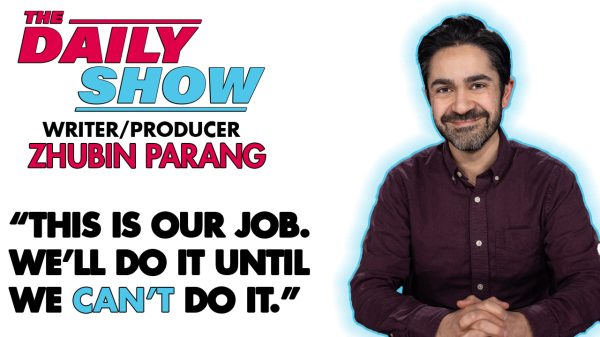
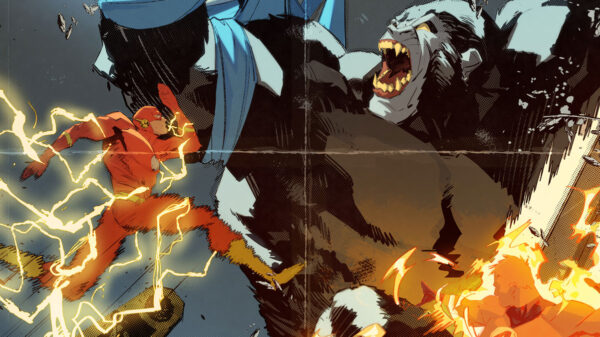
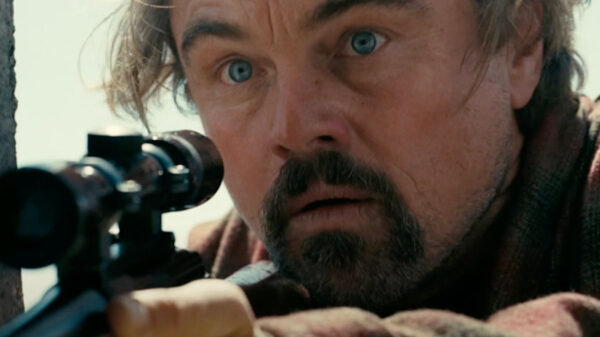
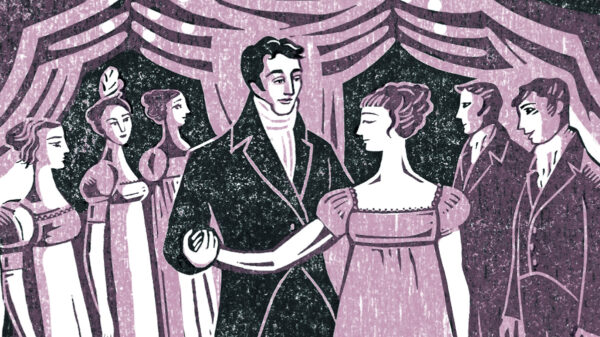
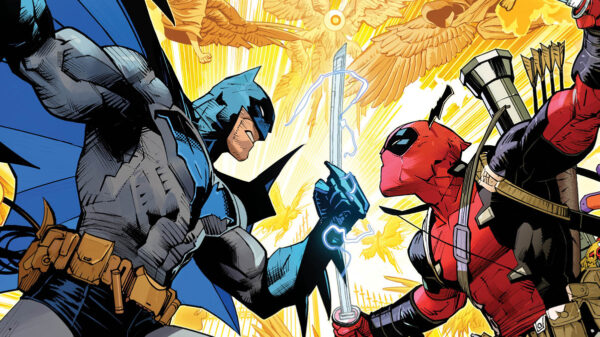
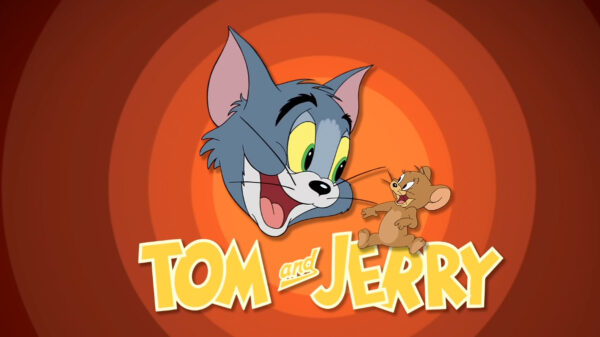



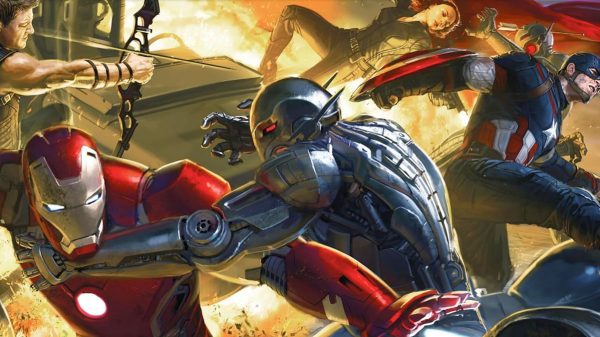

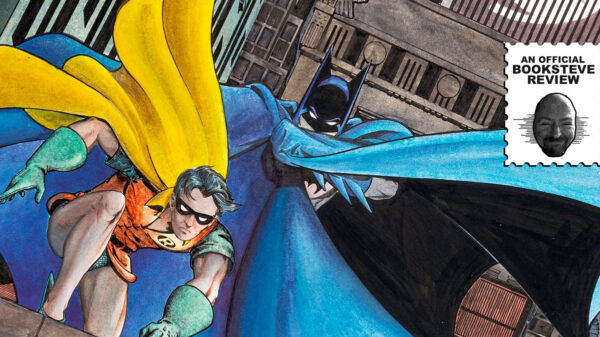
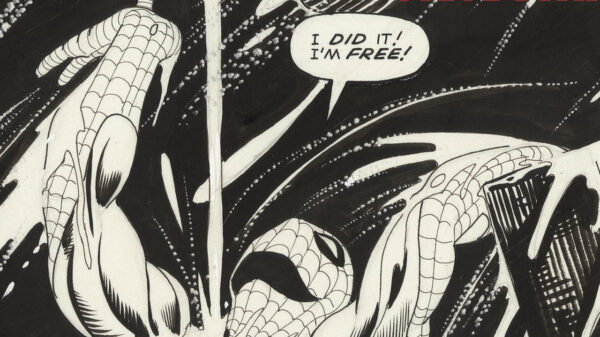
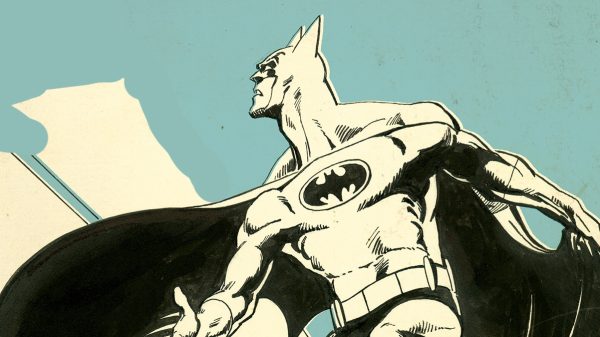

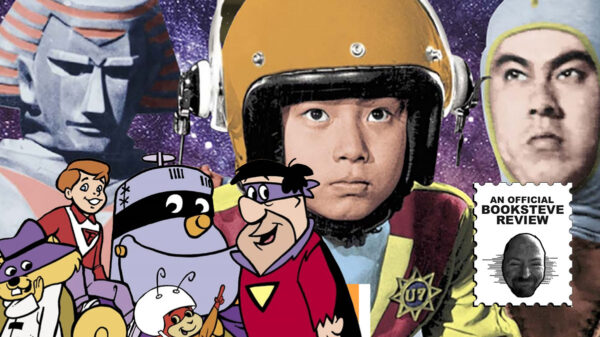
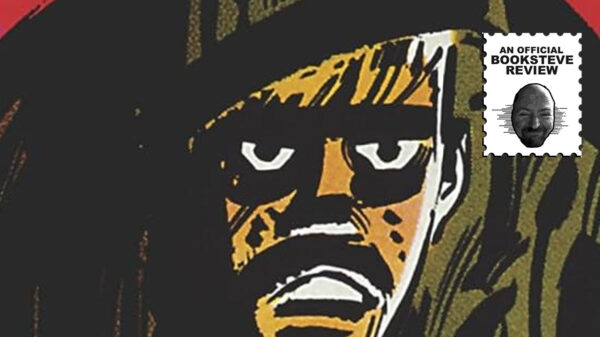
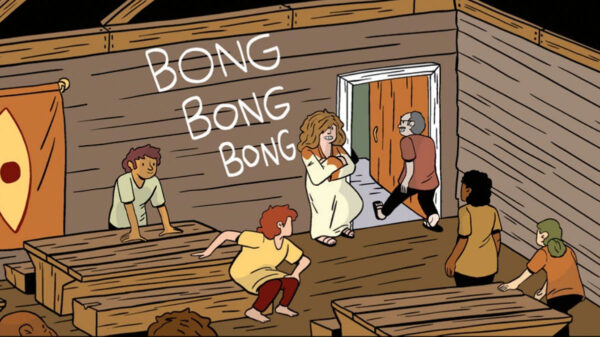
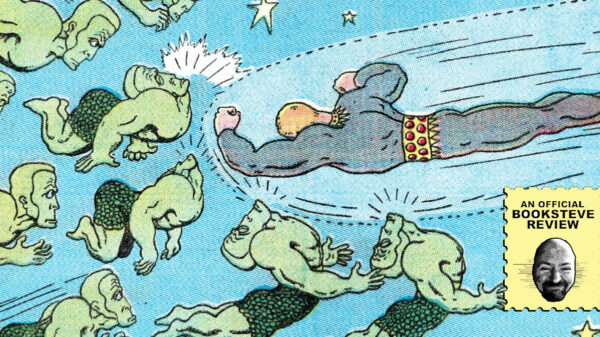
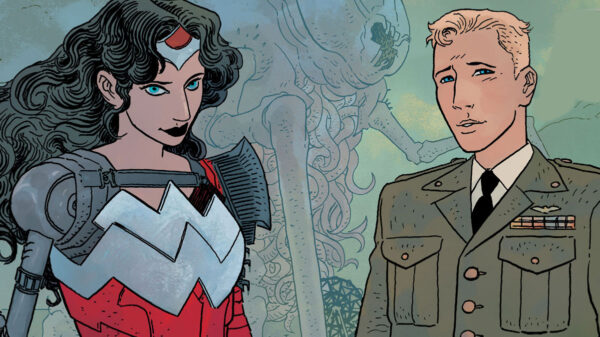




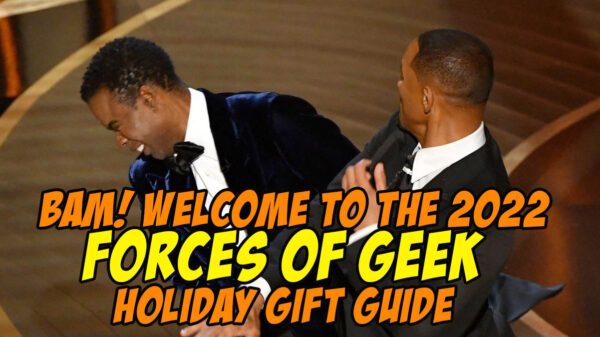




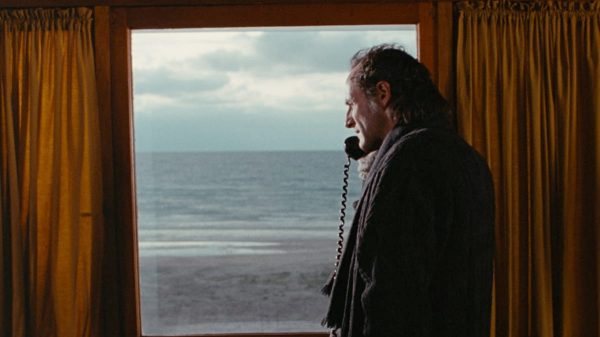
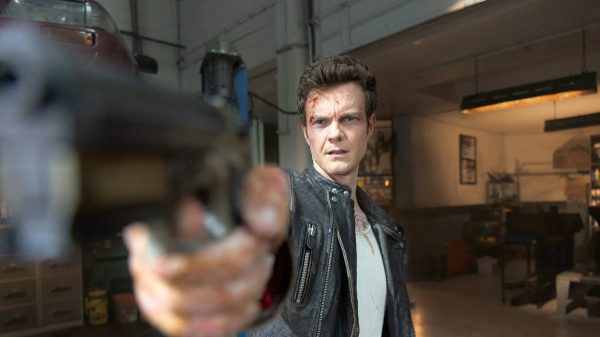
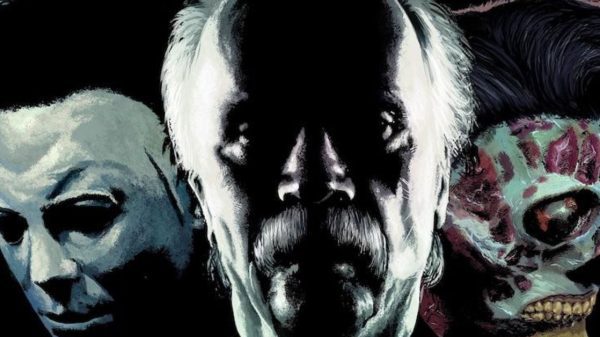
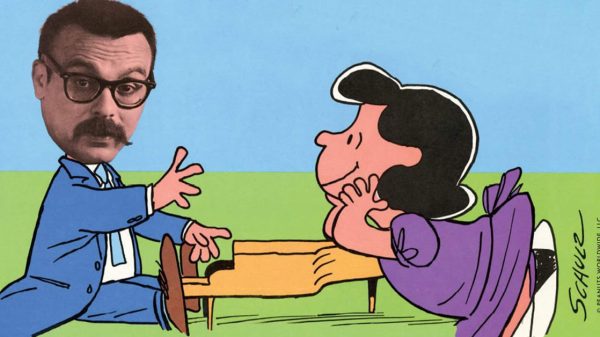
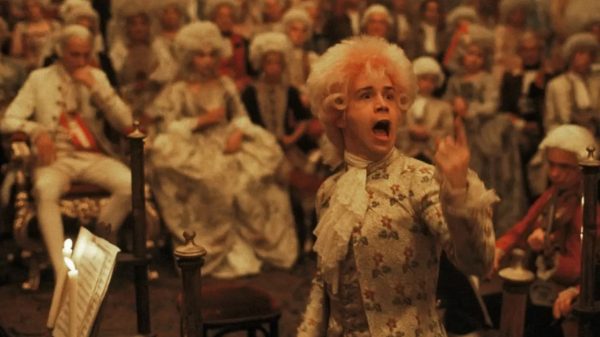











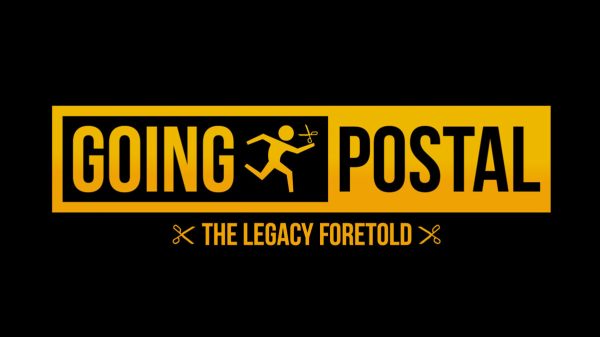
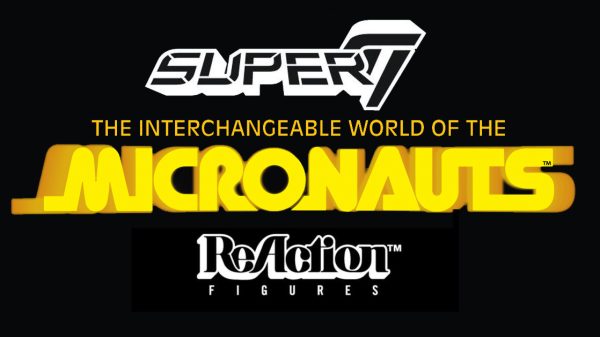
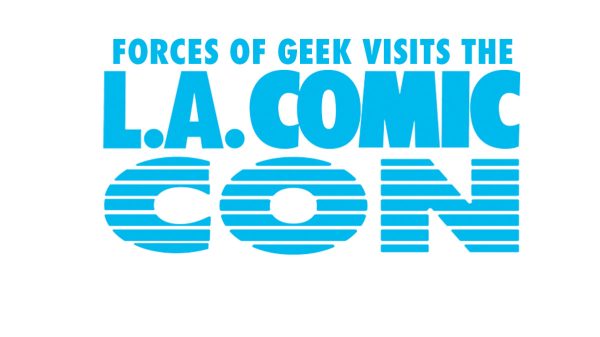
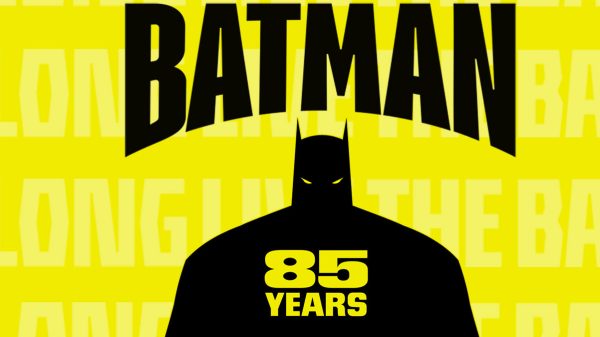


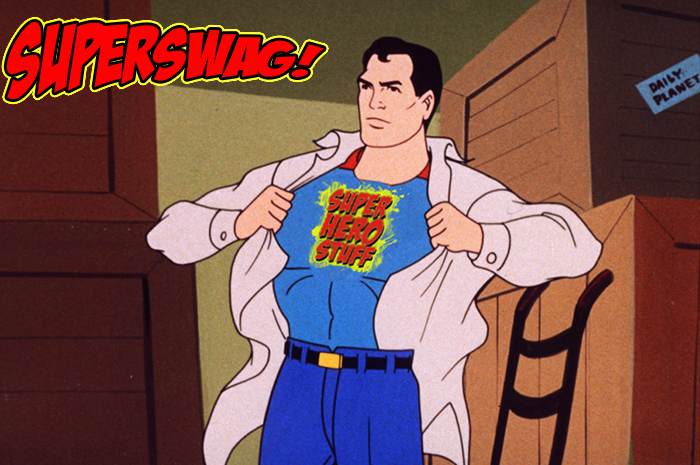

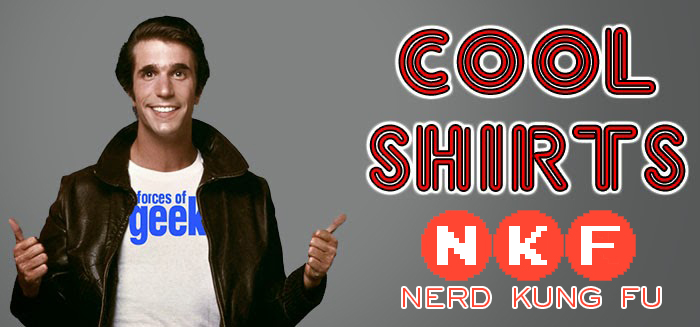
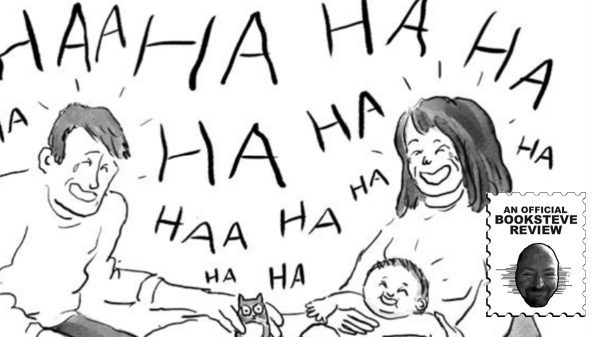



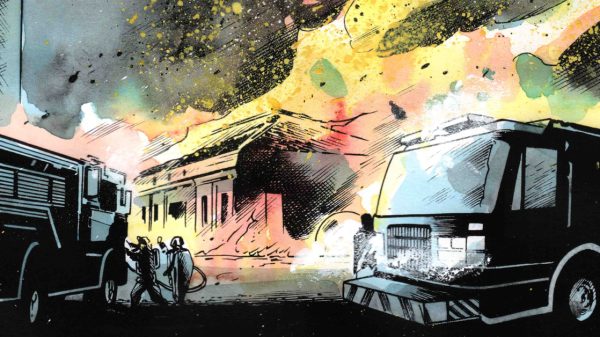




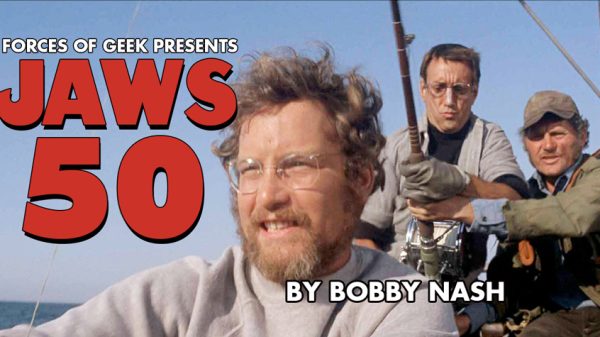









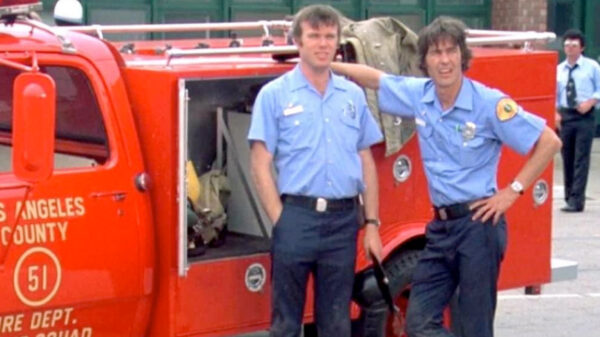
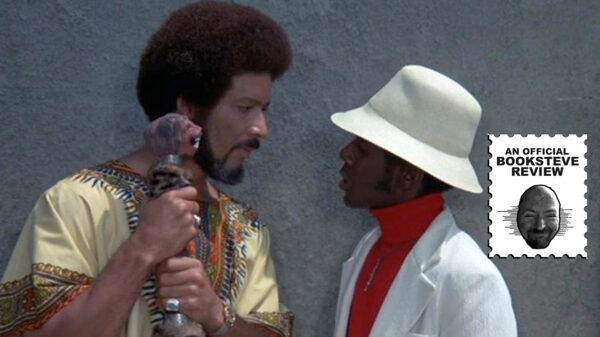
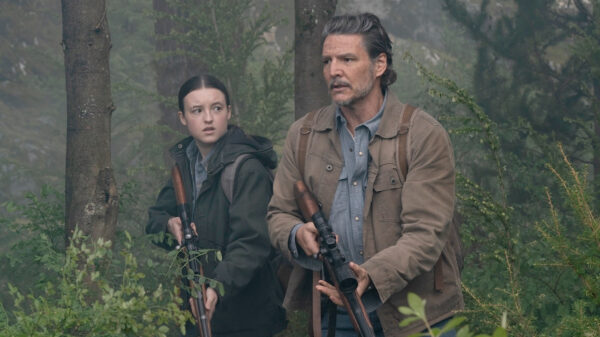




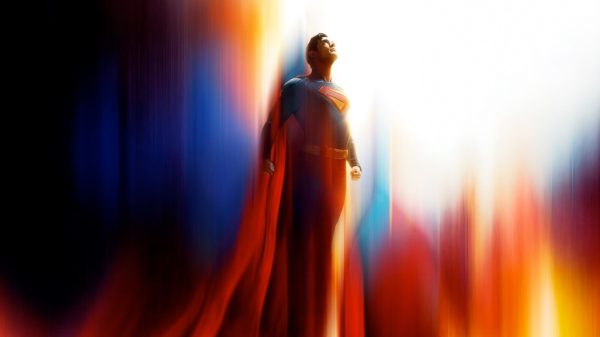
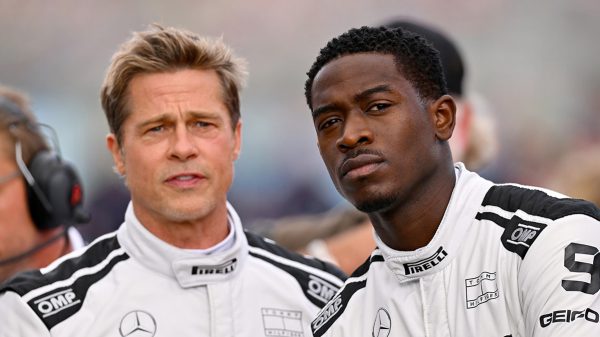
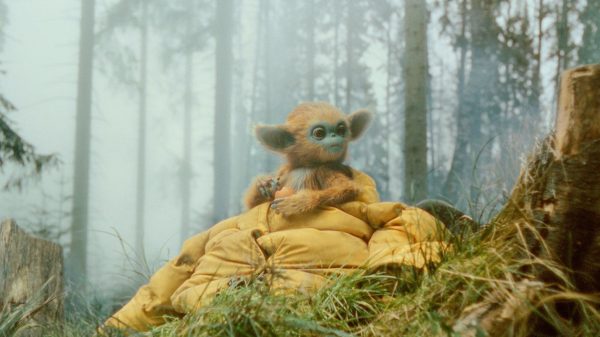



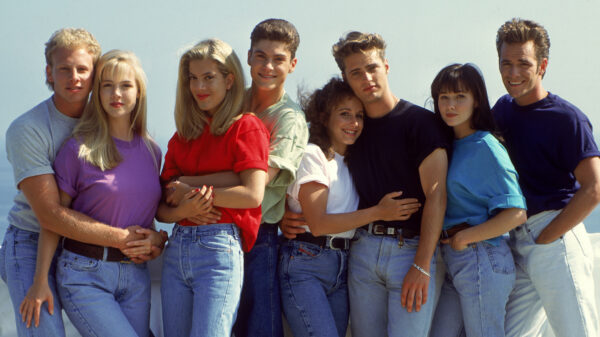
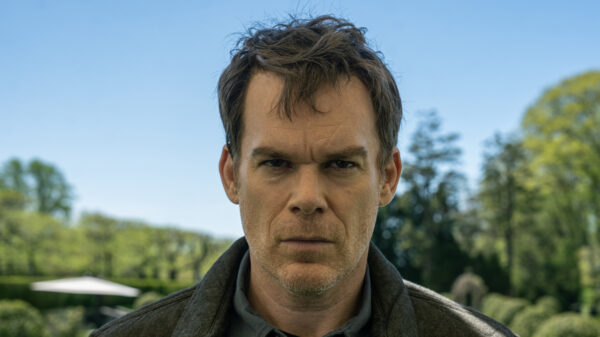
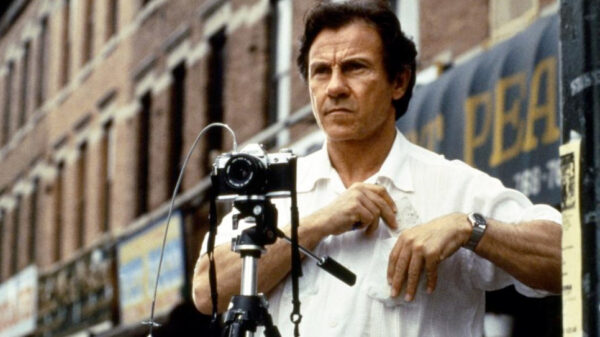
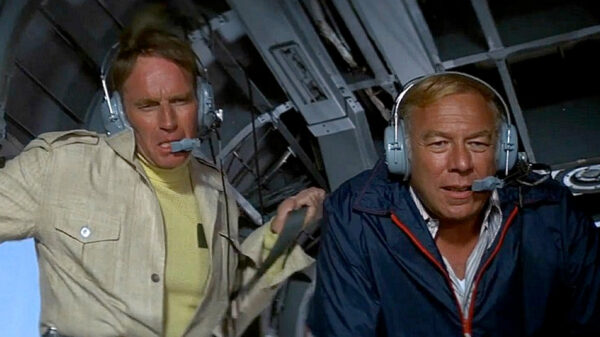
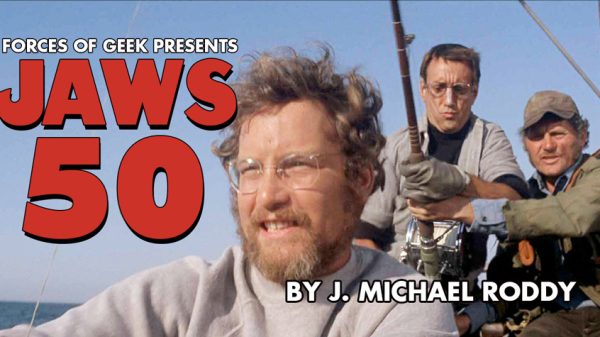







You must be logged in to post a comment Login